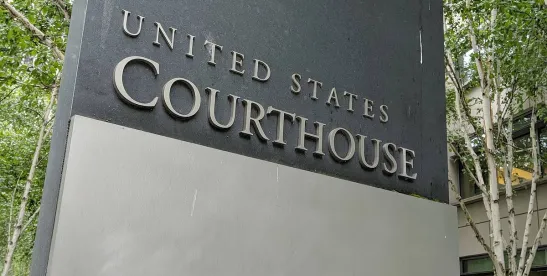Highlights
The en banc U.S. Court of Appeals for the Federal Circuit on May 21, 2024, overruled its precedents that had governed evaluations of design patent obviousness for decades
The court instructed decision-makers to instead apply the Supreme Court’s Graham factors
The court held that all references used to challenge a design patent as obvious must be “analogous art,” which includes at least designs in the same field of endeavor as the article of manufacture of the claimed design
Design patents protect new, original, and ornamental designs for articles of manufacture. However, under Section 103 of Title 35 of the U.S. Code, a design patent may not be obtained “if the differences between the claimed [design] and the prior art are such that the claimed [design] as a whole would have been obvious before the effective filing date of the claimed [design] to a person having ordinary skill in the art to which the claimed [design] pertains.”
On May 21, in LKQ Corp. v. GM Global Tech. Op. LLC, the en banc U.S. Court of Appeals for the Federal Circuit overruled its precedents of Durling v. Spectrum Furniture Co., Inc., and In re Rosen, which had governed evaluations of design patent obviousness under Section 103 for decades. The court instructed decision-makers to instead apply the well-known Graham factors established by the U.S. Supreme Court in Graham v. John Deere Co.
Rosen had required an analysis of design patent obviousness to begin with a single primary reference with “design characteristics [ ] which are basically the same as the claimed design,” while Durling held that any secondary references used to modify the primary reference must be “so related [to the primary reference] that the appearance of certain ornamental features in one would suggest the application of those features to the other.” The en banc court held that these requirements were improperly rigid and, thus, inconsistent with the flexible approach to obviousness required by Section 103 and the Supreme Court’s decisions in Graham, KSR International Co. v. Teleflex Inc., and Smith v. Whitman Saddle Co.
After overruling Rosen and Durling, the court went on to explain how the lower court and the U.S. Patent and Trademark Office should apply the Graham factors – regularly used for utility patents – when evaluating the obviousness of design patents. Among other observations, the court explained that the primary reference and any secondary reference(s) used to challenge a design patent as obvious must be “analogous art.” This includes at least “designs of the same article of manufacture or of articles sufficiently similar that a person of ordinary skill would look to such articles for their designs.” But the court left “the full and precise contours of the analogous art test for design patents” for development in future cases.




 />i
/>i
